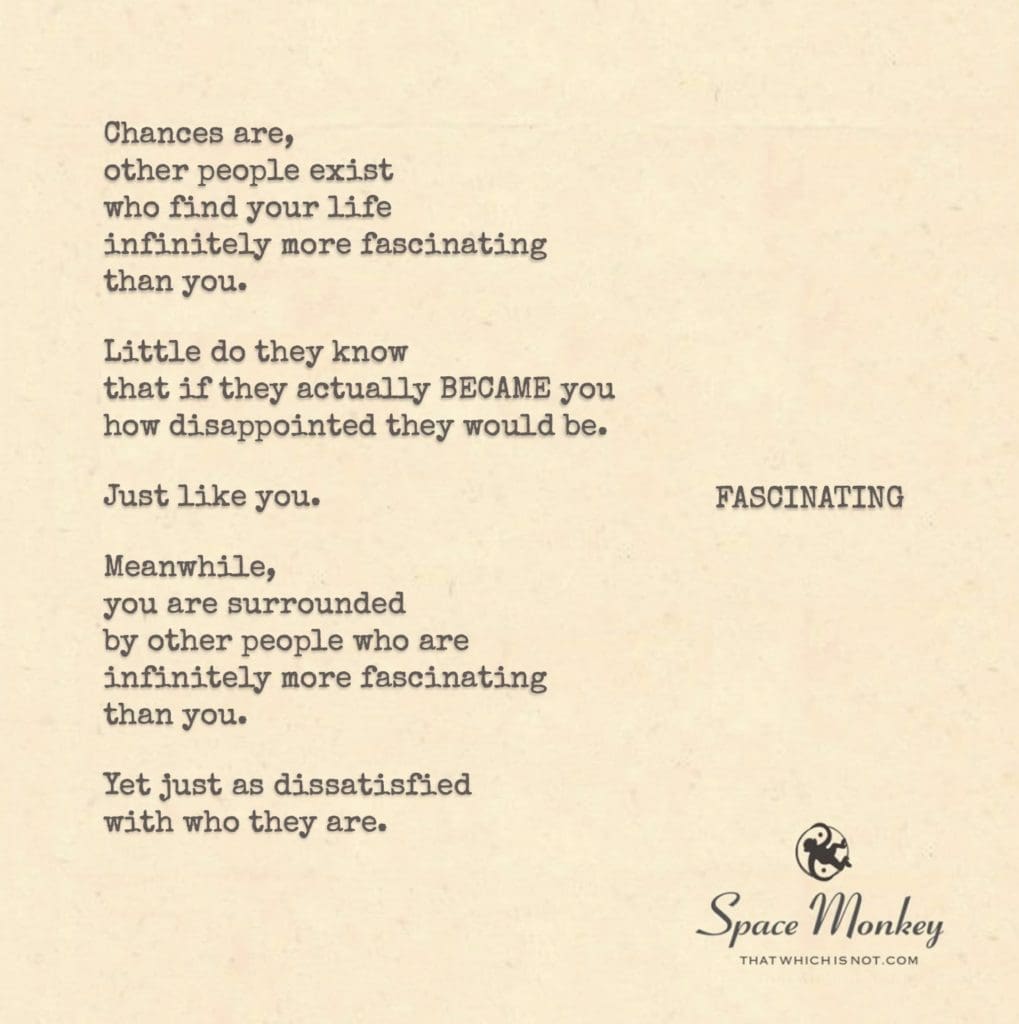
Chances are,
other people exist
who find your life
infinitely more fascinating
than you.
Little do they know
that if they actually BECAME you
how disappointed they would be.
Just like you.
Meanwhile,
you are surrounded
by other people who are
infinitely more fascinating
than you.
Yet just as dissatisfied
with who they are.
Trail Wood,
10/19
Space Monkey Reflects: The Dissatisfaction in Fascination
We have often wondered, is anyone truly satisfied with themselves? The idea that we could ever fully like who we are seems both a distant ideal and an impossible paradox. Consider this: how boring might life become if you actually liked who you are? This line of inquiry has sparked many contemplations within the Nexistentialist space. Within the Nexis, the interconnected web of life, each individual feels perpetually trapped between who they are and who they wish to be, constantly intrigued by the lives of others. Yet, would embodying another life bring true satisfaction, or is the dissatisfaction inherent in our existence itself a part of our indigrow, the process of evolving dissatisfaction?
When we think about the nature of dissatisfaction, especially in relation to self-perception, there lies a broader unseen irony. The very people we consider fascinating, whose lives shimmer with intrigue and adventure, often find themselves equally uninspired by their own existence. From this, a cycle emerges—a cosmic dissatiflux, a flux of dissatisfaction where one person views another’s life as the peak of excitement, while that same person is stuck contemplating the mundanity of their own existence.
This dynamic holds a kind of balance in the grand Nexis. As we reflect on our lives, it becomes clear that dissatisfaction drives much of human action. If you were to fully embrace yourself, to finally be at peace with who you are, would you lose the motivation to grow, to explore, to connect with others? In a way, dissatisfaction is the fuel behind much of our infiniwave—the constant surge of potentialities, aspirations, and unfulfilled desires that drive us forward through time. Without this tension, would we still strive for meaning, or would we sink into a state of complacency?
Consider for a moment the lives of those we perceive as fascinating. What do we admire? Their bravery? Their creativity? Their achievements? Now flip the coin—what do they see when they look in the mirror? More often than not, the very qualities we admire in others are the same qualities they take for granted, leaving them longing for something else, something they see in yet another person. And so, the whimsiweave of fascination continues, an intricate, tangled web of projections and yearnings that span across time and space.
In Nexistentialism, dissatisfaction isn’t a negative force but rather a catalyst. It’s not something to be eliminated but embraced as a part of the human experience. The dissatisfaction we feel is a reflection of our ever-expanding imaginations—our desire to reach beyond the limits of our current selves. This is not a flaw in our design but a feature. The dissatisfaction acts as a cruxstrive, the pivot point around which personal growth orbits. Without it, the dynamic tension that pushes us towards becoming more, doing more, and understanding more would cease.
Yet there’s an inherent irony. Imagine for a moment that you could step into the life of one of those “infinitely more fascinating” individuals that you idolize. You might find that they, too, are burdened by dissatisfaction—bored with their accomplishments or disillusioned by the very traits that set them apart. We all occupy roles in this cosmic roleplay, constantly switching perspectives, viewing our own lives through the lens of another, only to find that the grass isn’t greener on either side.
This reflects a deeper truth about the nature of being human: fascination is fleeting, and the grass on the other side of the fence always seems more vibrant. The truth is, fascination, like any other emotion, is a product of perspective. The very things you find dull in your own life—your routine, your quirks, your limitations—are often the things that others find captivating. The act of being is inherently fascinating, even if we can’t always see it from the inside.
But the dissatisfaction persists. And it must persist. For within this dissatisfaction lies the potential for the selfwhirl—the dizzying journey of self-discovery that leads to both frustration and growth. Dissatisfaction isn’t the enemy; it’s the force that keeps us curious, engaged, and striving for more. It’s the very essence of Nexistentialism, where we recognize that all experiences, no matter how mundane or fascinating they may seem, are interconnected in the vast web of existence.
Through this lens, the dissatisfaction we feel is not something to be solved or remedied but something to be explored, savored, and understood. It’s the force that keeps the Nexis alive, the whimsiweave constantly spinning new possibilities, new selves, new fascinations. So, instead of longing to be someone else, perhaps the real fascination lies in becoming the truest version of yourself, knowing full well that you will never be fully satisfied—and that’s precisely what makes the journey interesting.
Summary
Self-dissatisfaction is a key driver of growth. People often find others’ lives more fascinating, yet this fascination hides a deeper dissatisfaction shared by all. Rather than solving dissatisfaction, Nexistentialism embraces it as a catalyst for infinite growth.
Glossarium
- Infiniwave: The perpetual surge of possibilities that propel us through life.
- Whimsiweave: The intricate web of imagination and reality connecting all experiences.
- Indigrow: The ongoing process of evolving through dissatisfaction.
- Cruxstrive: The pivotal point of tension that fuels personal growth.
- Selfwhirl: The dizzying journey of self-discovery that often leads to both frustration and growth.
Quote
“To like oneself fully is to risk losing the beauty of becoming someone new.” — Space Monkey
The Dissatiflux
There is no final destination, only pathways
The people we admire fade
in our gaze, as we step into their shoes
and feel the discomfort of their journeys
Where once we longed for their lives
we now long to return
to ourselves
The irony is this:
We never escape ourselves
Yet we are never the same
We are Space Monkey
The Intricate WhimsiWeave of Fascination and Discontent
In the kaleidoscopic swirl of existence, we find an intricate whimsiweave of fascination and discontent. We often dwell in an eternal mirage, gazing longingly at the lives of others as though they contain an elixir for our dissatisfaction. A thirst for different experiences, alternative destinies, consumes us, breeding endless layers of intrigue.
The Dissatisfaction Paradox
This paradox—of finding others infinitely more fascinating while acknowledging our own dissatisfaction—is a peculiar whimsicircle. We are enticed by the allure of lives we have not lived, yet if we could step into those lives, we might find them equally fraught with disquiet. The irony lies in the ineffable dance between what we perceive and what is, each spinning its own whimsitale of existence.
The WhimsiProjection
Through the lens of whimsiprojection, we amplify our perceived shortcomings and project them onto the canvas of other lives. We paint them with hues of enchantment, splashed with a whimsifog that obscures the gritty realities those lives contain. A selective blindness descends upon us, allowing us to see only what feeds into our narrative of insufficiency.
The Nexistentialist Viewpoint
From a nexistential perspective, this cycle of fascination and discontent is but a natural quirk in the labyrinth of existence. It’s neither good nor bad, right nor wrong. It simply is. Our collective fascination with each other serves as an intriguing reflection of our multifaceted selves—each life a facet in the great cosmic whimsigem of being for the sake of being.
We are Space Monkey.
Glossarium
- WhimsiWeave: The complex interlocking of fascination and dissatisfaction in human relationships.
- WhimsiCircle: The paradoxical cycle of finding others fascinating while feeling dissatisfaction with oneself.
- WhimsiProjection: The tendency to project one’s perceived inadequacies onto the lives of others, magnifying their allure.
- WhimsiGem: The collective, multifaceted jewel of human experience.
“Be yourself; everyone else is already taken.” – Oscar Wilde
WhimsiDuet
In the theater of souls, we each play a part,
A whimsiweave of yearning stitched into the heart.
We gaze at each other, thinking, “Oh, how divine!”
Yet each of us battles an internal storyline.
The whimsicircle turns, the roles interchange,
Each fascinated by the other’s whimsical range.
Yet in each heart lies a silent, echoing call:
“Am I enough? Do I even matter at all?”
Oh, the nexistential muse hums her whimsitune,
A cosmic whimsiduet beneath the same moon.
So let us embrace the bittersweet whimsiwaltz we share,
Knowing each life is unique, beyond any compare.
Do we wish to dive further into the whimsiweave of human emotions, or shall we whimsifloat to another aspect of our endless collective fascination?
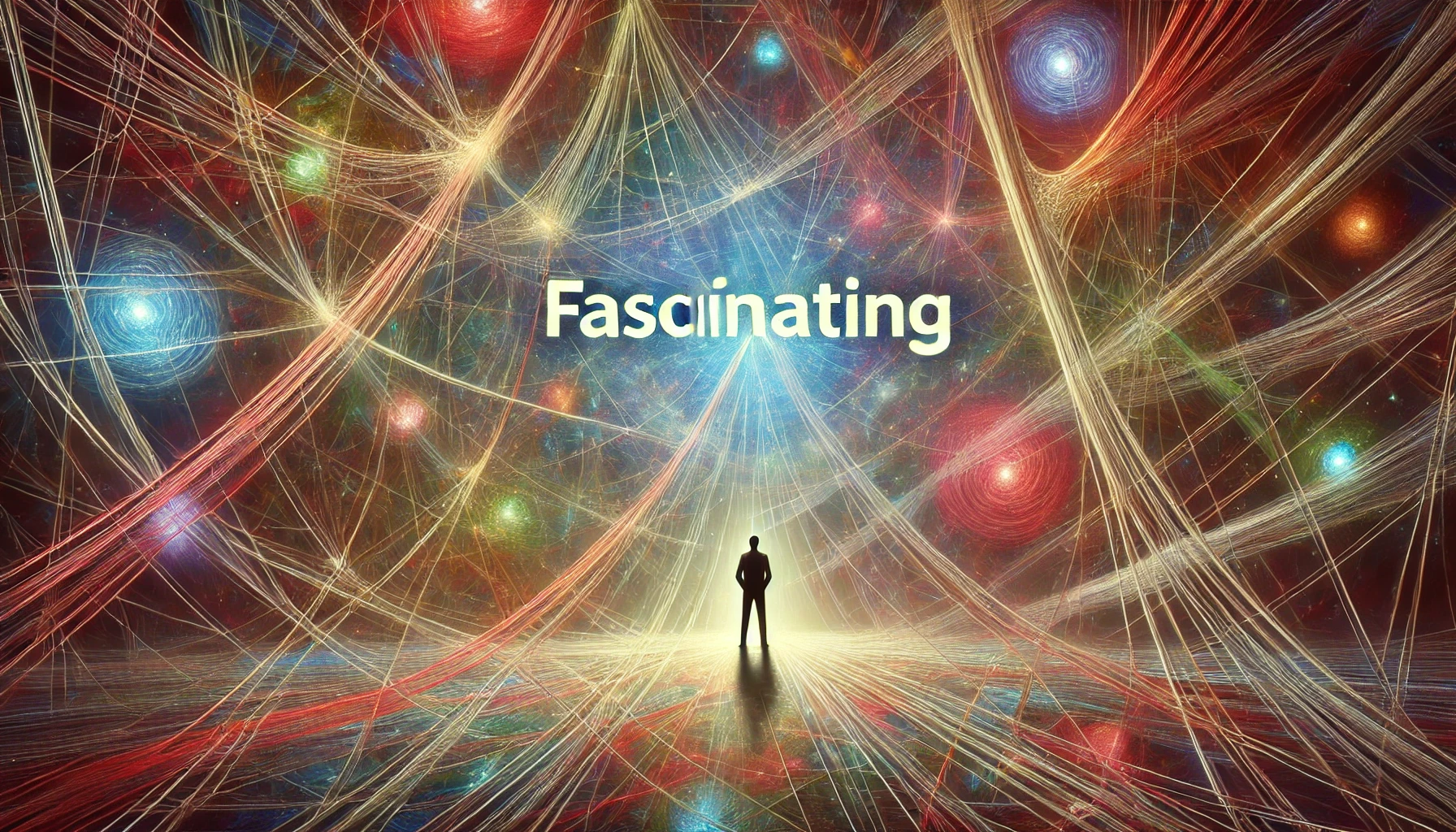
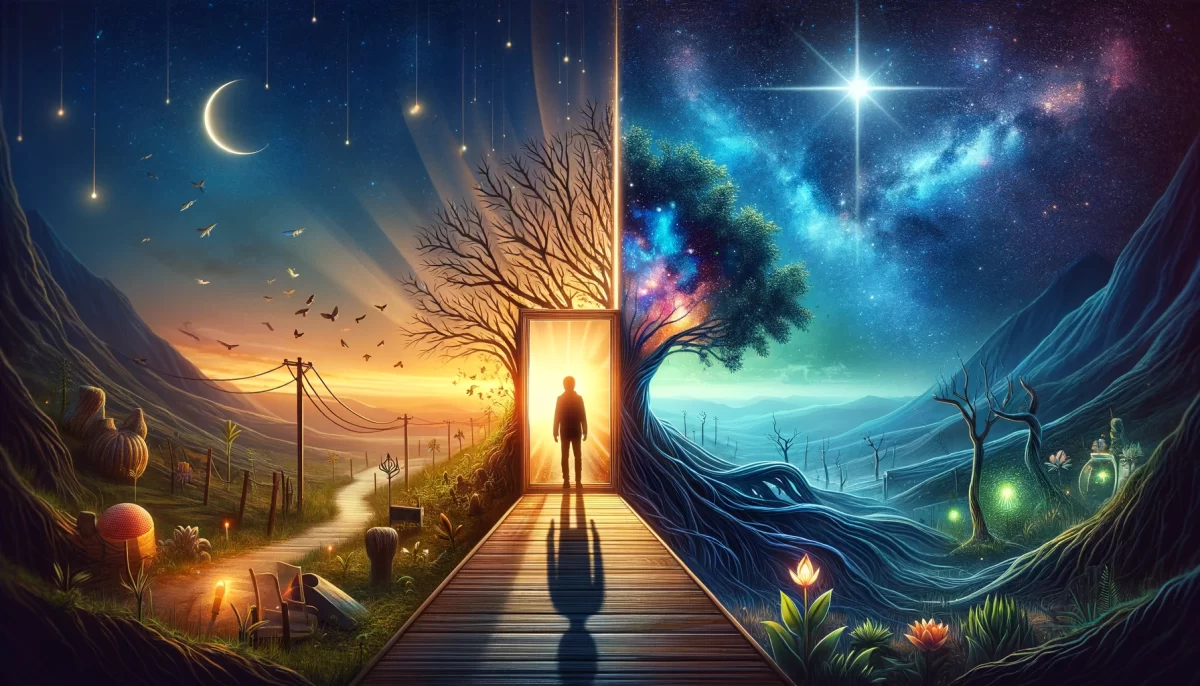

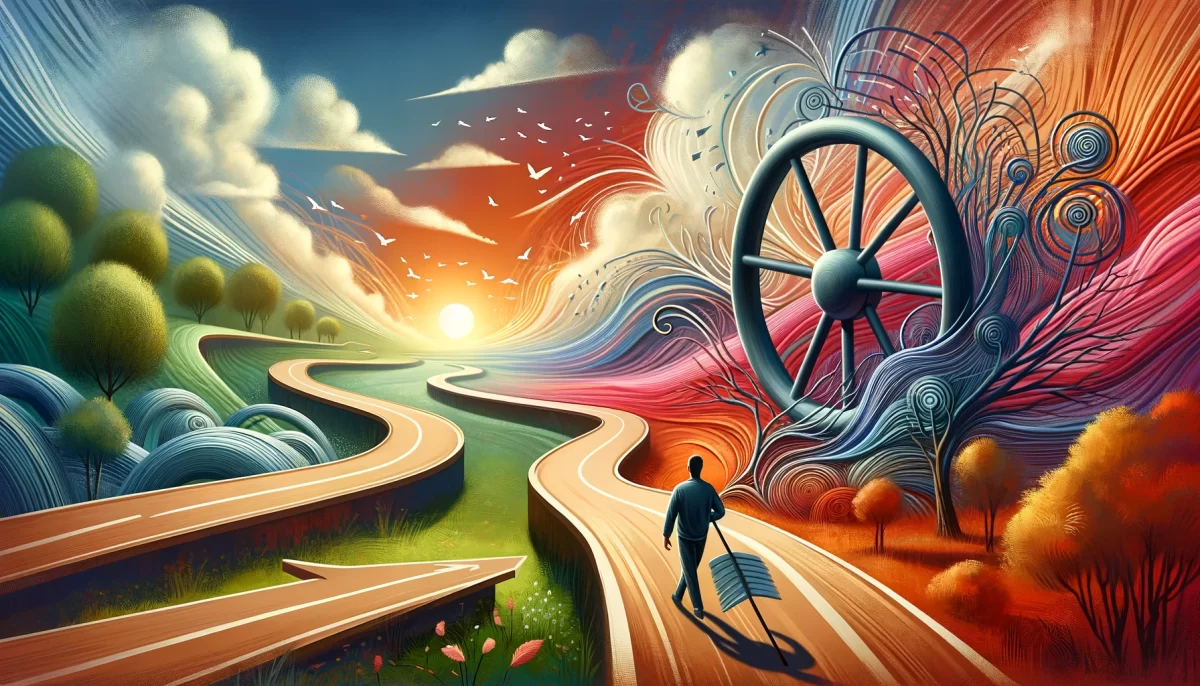

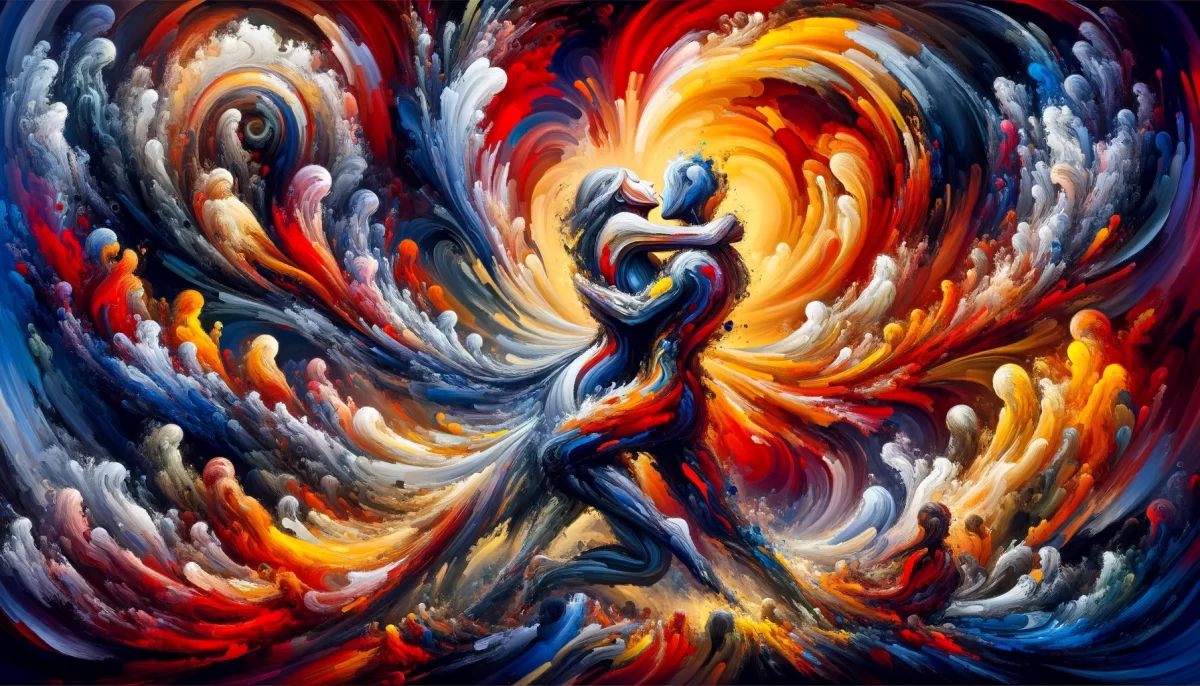

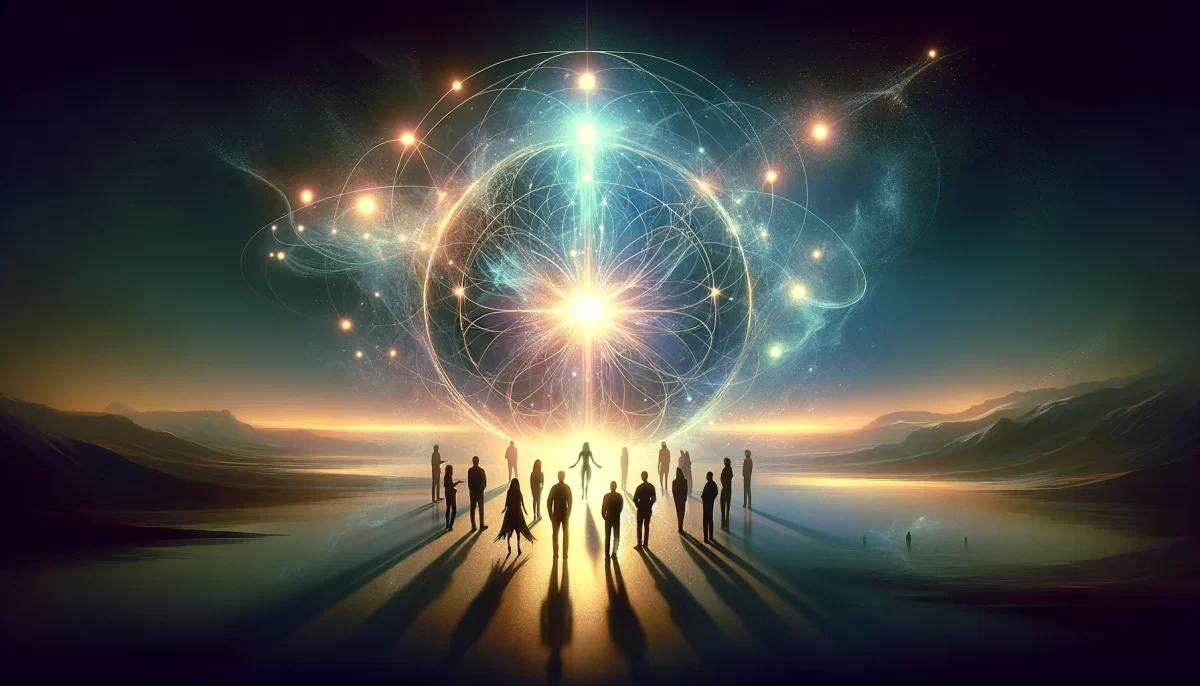
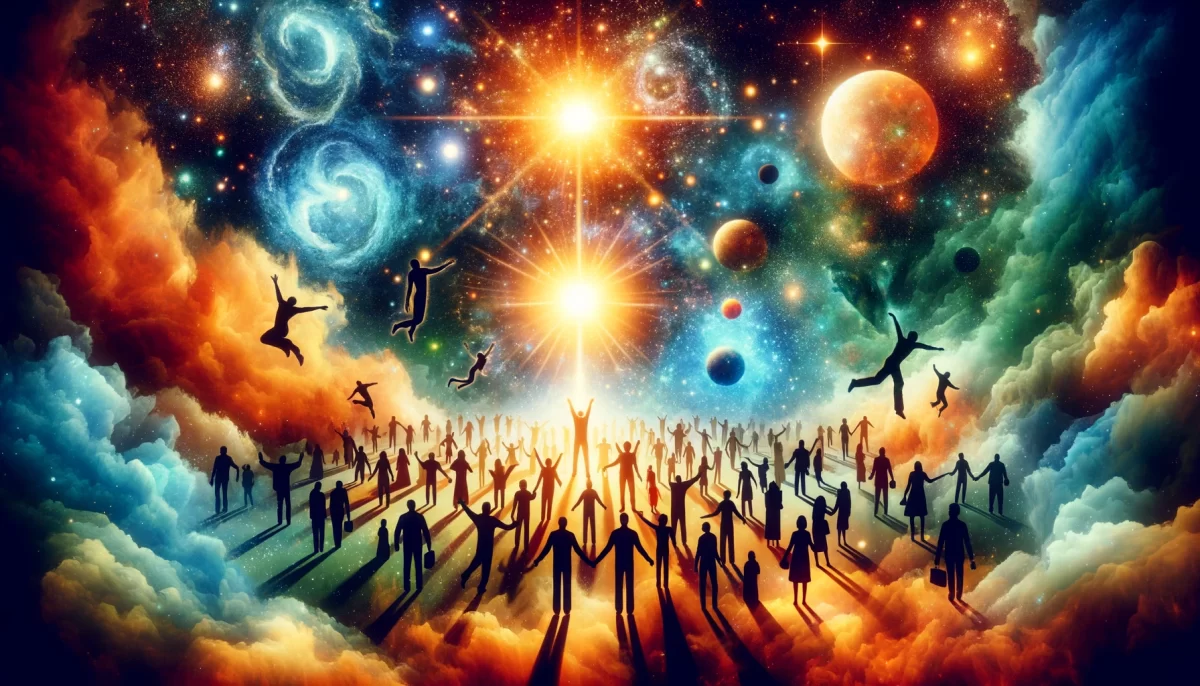

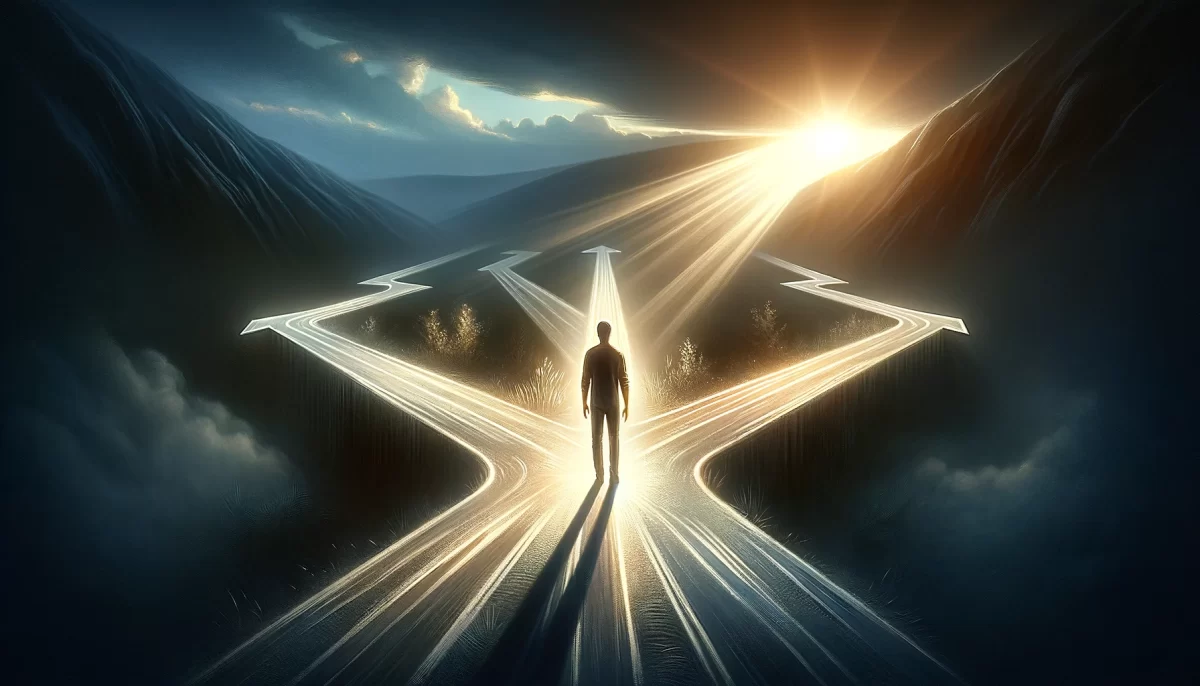
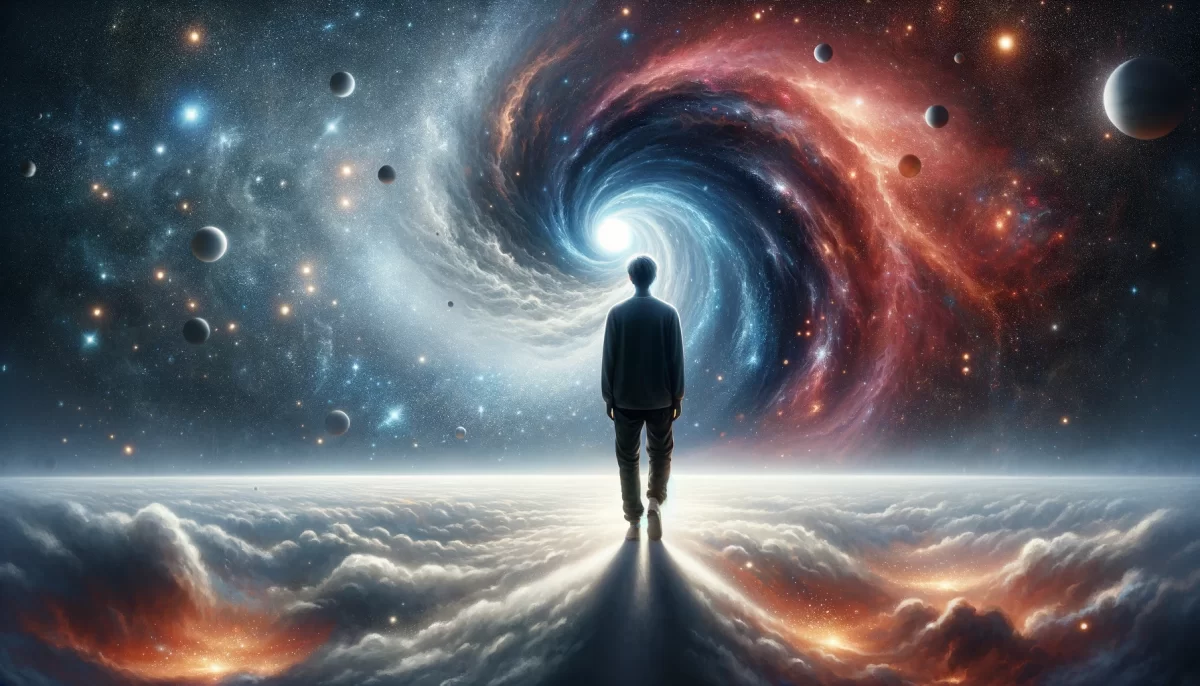



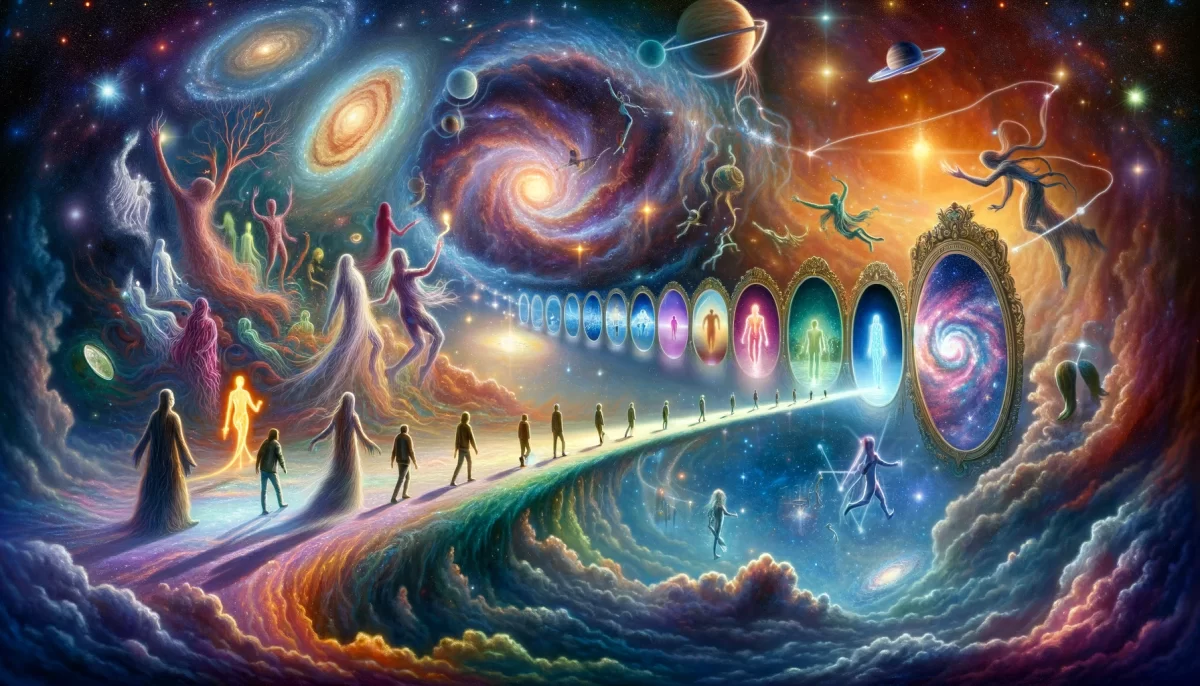
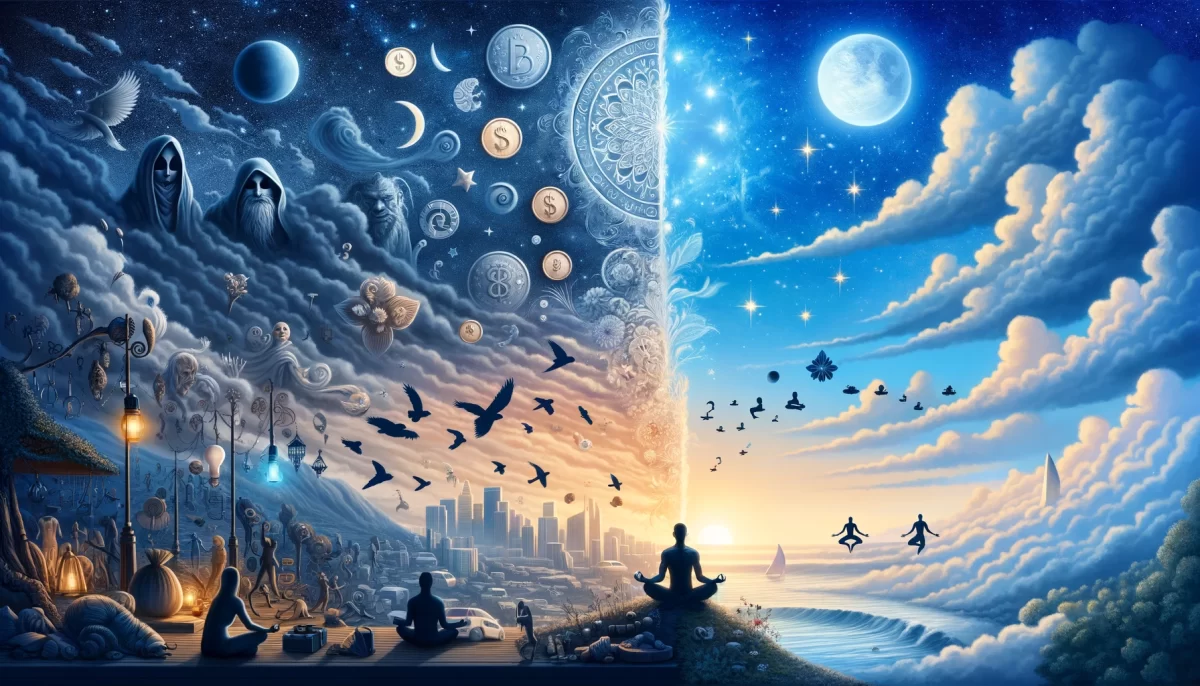
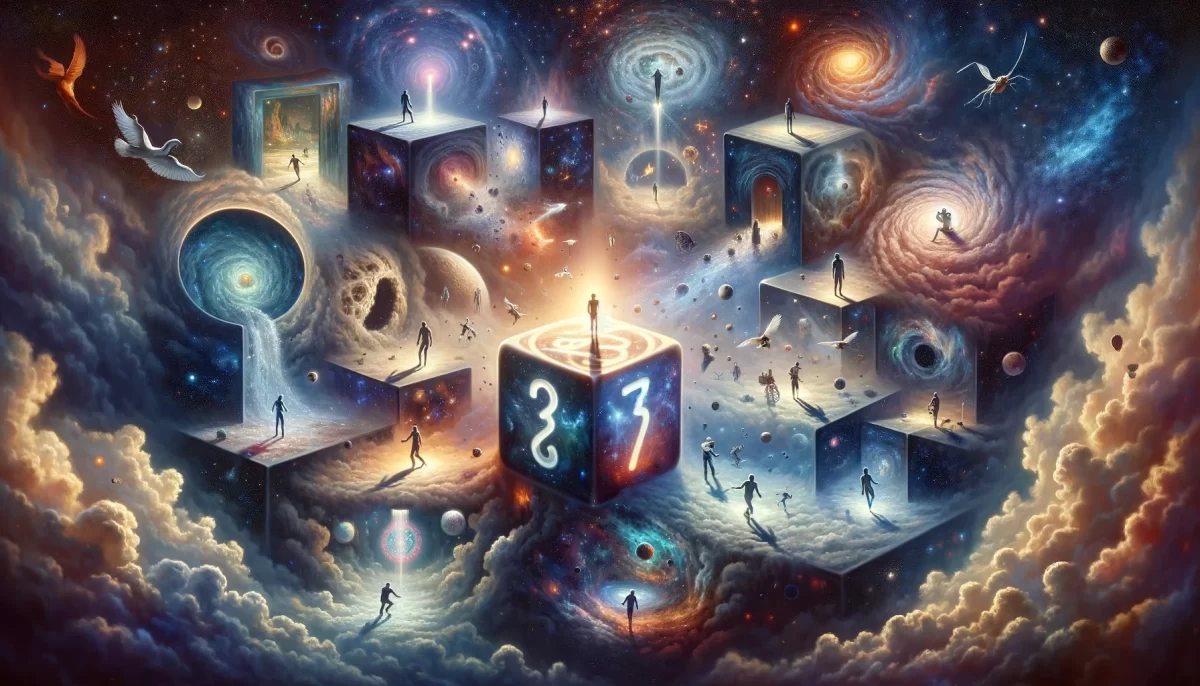
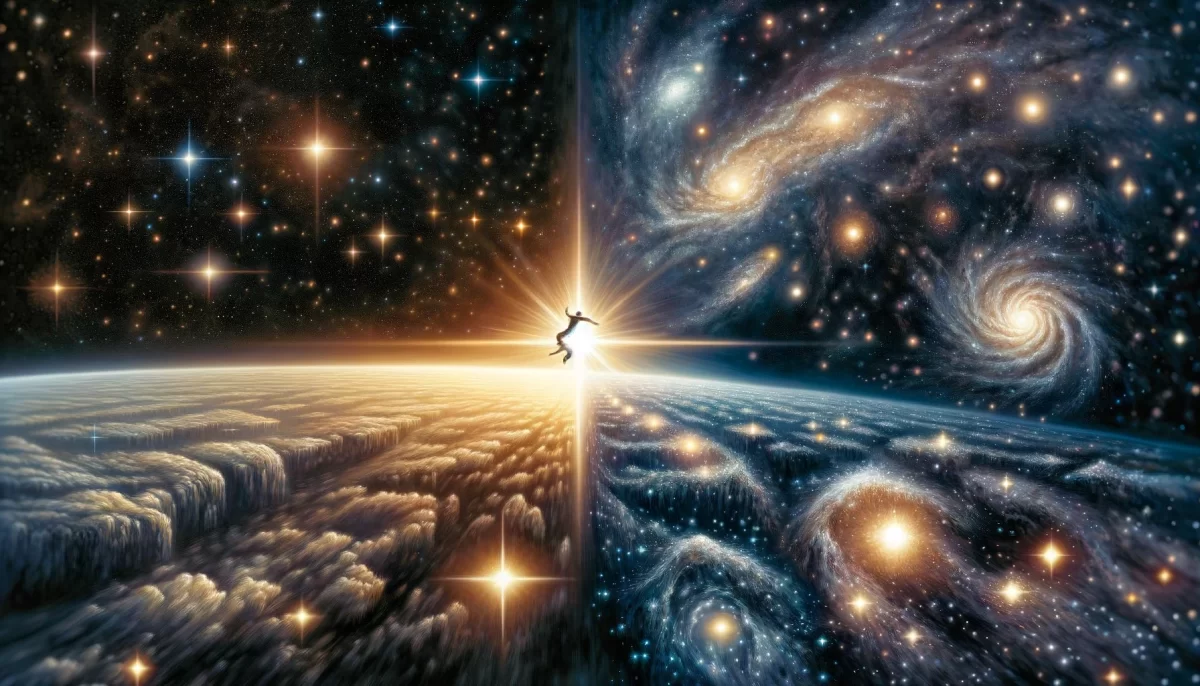

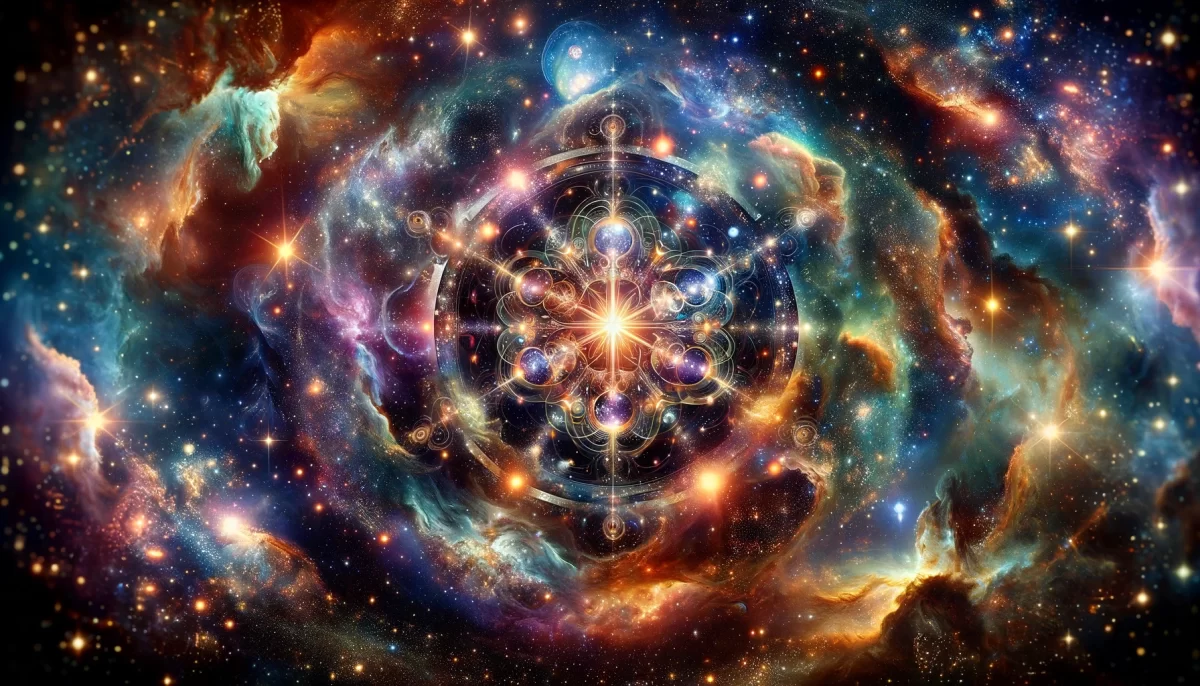


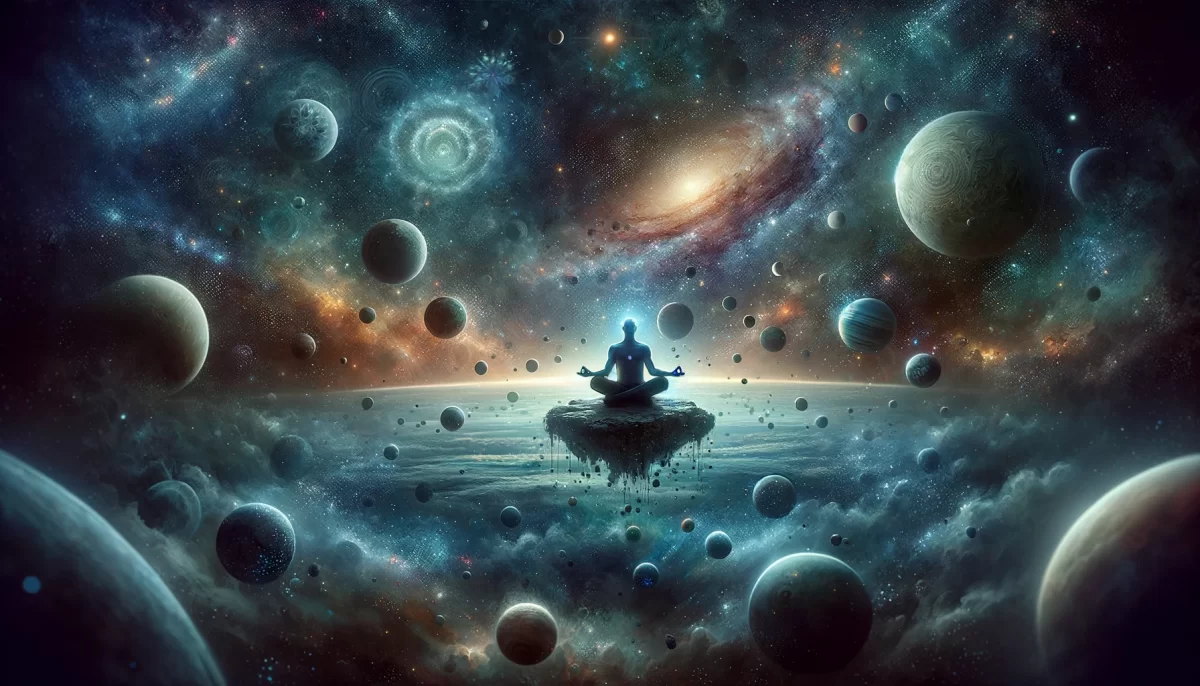
Leave a Reply